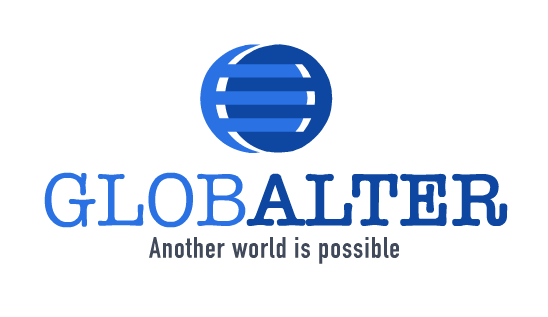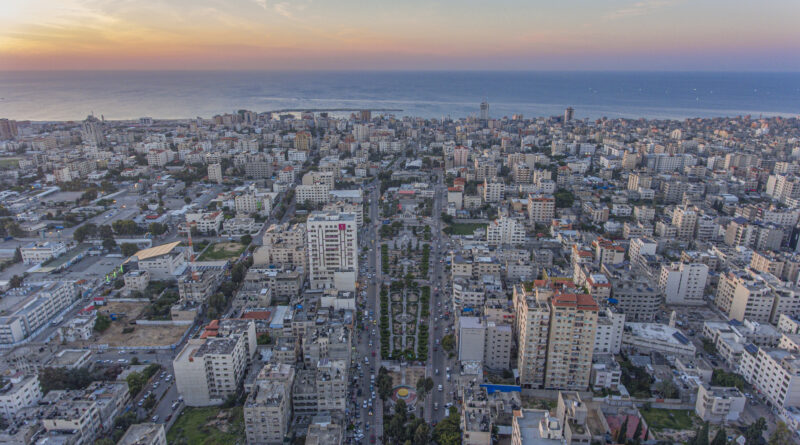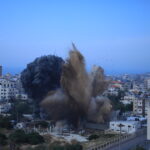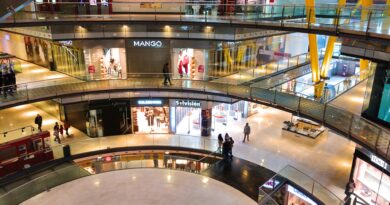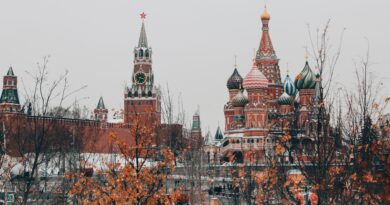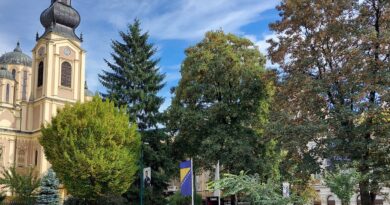Gaza under Israeli siege remains a ticking time bomb
SAUD ABU RAMADAN
Gaza
The Gaza Strip, a 360 square kilometer Palestinian territory, is home to 2,3 million people and has been subjected to a tight Israeli and Egyptian blockade just after the Islamic Resistance Movement (Hamas) violently seized control of the impoverished coastal enclave in the summer of 2007.
Prior to 2007, the coastal enclave had been governed by the Palestinian Authority, created under the Oslo peace accords signed between Israel and the Palestine Liberation Organization (PLO) in 1993. Prior to that, the territory had been under Israeli occupation since 1967.
According to international estimates, the territory is considered one of the most densely populated areas in the world. The Gaza Strip has four cities; the largest is Gaza City, also 12 villages and eight poor and overcrowded refugee camps. It borders Israel to the north and east and Egypt to the south. The Gaza Strip has a 40-kilometre coastline on the Mediterranean.
Since 2007, the Hamas movement, backed by pro-Iranian factions, specifically the Palestinian Islamic Jihad (PIJ), has ruled the Gaza Strip alone due to an unresolved internal division with the Al-Fatah movement of Palestinian President Mahmoud Abbas. The internal Palestinian division and the Israeli blockade have turned the coastal enclave into an isolated territory not recognized by the international community or by the Arab states.
Since then, the small, overcrowded enclave has been the crux of Israel's conflict with the Palestinians. In the past 15 years, thousands of Palestinians have been killed in Israeli airstrikes, often sparked by Hamas rocket attacks.
Frequent power cuts, extreme poverty and the constant fear of more bombing have made many citizens dream of fleeing. According to Gaza human rights organizations, more than 50.000 Palestinians fled the Strip to Turkey, Europe, the United States and Canada. Human rights activists describe the territory as an open-air prison.
The Gaza Strip had been part of the Ottoman and later British empires; it became a haven for some 200.000 Palestinians uprooted by the 1948 Arab-Israeli war. Egypt ruled Gaza until it lost control of the enclave to Israel in the Six-Day War. 1967.
In 2005, Israel withdrew its forces from Gaza and ceded several settlements to Israeli citizens who considered the land to be theirs by right. Today, Gaza is one of two areas, along with the West Bank, where Palestinians exercise limited autonomy under the Oslo Accords the PLO signed with Israel in the 1990s.
The United Nations defines both areas as occupied Palestinian territory. Israel maintains effective control of Gaza's airspace and maritime territory and also enforces a strict blockade, along with Egypt.
Until 2006, Gaza was governed by the Palestinian Authority. That year, Hamas won the legislative elections, sparking a power struggle with Al Fatah. After months of fighting, Hamas won and took control of Gaza. Israel responded by imposing a permanent blockade. Israel said that it needed to protect its people from Hamas.
Since then, the Israeli army and Hamas militants in Gaza have engaged in four major military clashes. The Palestinian Authority continues to work quietly to support the Gaza economy. Hamas controls security here, and funding for health, energy and other services comes mainly from the United Nations and foreign countries, either directly or through the Palestinian Authority.
The United Nations estimates that more than 5.200 Palestinians have been killed in clashes with Israel, many of them children, and most due to Israeli airstrikes.
A 2021 report by advocacy group Euromed Monitor stated that nine out of ten children in Gaza suffer from some form of conflict-related trauma. Most of the population of the Gaza Strip lives in refugee camps that were created more than seven decades ago to house Palestinians displaced in the 1948 war.
The 15-year Israeli blockade has left more than 80% of the population in poverty, with many dependent on food rations provided by the United Nations. Power outages are daily and last for several hours. Most tap water is not drinkable, forcing families to buy desalinated water from private vendors.
Israel is not willing to lift the blockade of Gaza as long as Hamas runs the enclave. Egypt often acts as a mediator between Fatah, Hamas and Israel. Although it provides direct support to the population of Gaza, its security measures have contributed to destroying the economy of the strip.
The Egyptians have kept the borders closed and have destroyed tunnels used to smuggle goods into Gaza in order to contain the threat posed to Egypt by militants based in the area.
Still, Israel has taken some limited steps to ease Gaza's plight in recent years, including granting work permits to 20.000 people to work inside Israel. But there is little hope of reaching a peace agreement that would significantly improve living conditions.
The situation is further complicated by the presence in Gaza of a smaller armed group, independent of Hamas, responsible for the recent attacks against Israel in August.
In the latest wave of tension, in early August, Islamic Jihad fired some 1.000 rockets at Israel after Israeli forces killed one of its leaders. The Iron Dome missile defense system intercepted almost all of them, preventing any fatalities. Israel responded with airstrikes that leveled homes in Gaza. The three-day conflict left 49 dead, including 17 children.
The lack of local opportunities means that many young people in Gaza see education as a way out. Literacy levels in the confined area are high, with many people speaking a second or even third language, often through online learning. When Egypt temporarily opened its border with Gaza in 2018, tens of thousands of people left and settled in countries in the Middle East and beyond.
Saud Abu Ramadan is a Palestinian journalist in Gaza
